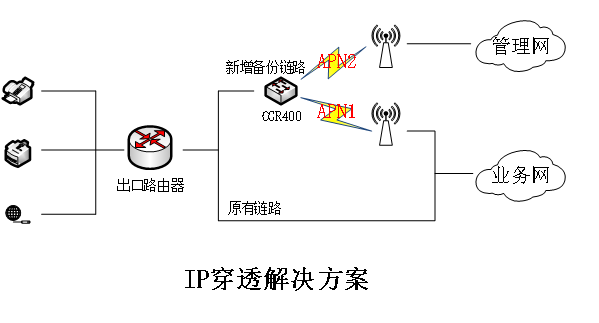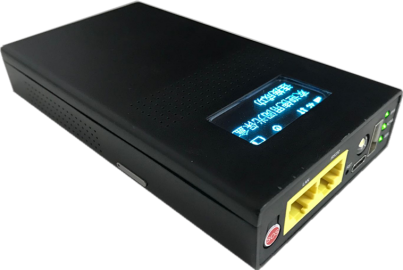IP Pass-through Solution
Background
An Indian operator provides customers with network access to the user, directly deploys the line to the user and provides an export router to the user, and the router is controlled and maintained by the operator. The user only needs to plug in the network cable to access the Internet, and does not need to pay attention to the export router. At present, the business has covered many places in India and has been in operation for many years.
In the early business deployment, due to the cost and technical constraints, the redundancy of links was not considered. Once the original line had problems, the entire production business of users would be affected, and the user experience would be seriously affected. With the development of wireless mobile network technology, the bandwidth of mobile network has been enough to ensure the data forwarding needs of users. Therefore, the operator plans to upgrade the existing network and use the mobile network as the backup of the original wired line to ensure more stable and reliable network services for users and improve the user experience.
Since the exit router originally deployed by the operator at the user does not support the dial-up service of the mobile network, it is necessary to add new equipment to complete the upgrade of the existing network. The existing network upgrade requirements of the operator are as follows
1)Limited by the deployment environment, the product must be deployed outdoors
2)The existing network structure cannot be changed
3)As the backup link interface, the export router must directly obtain the IP address assigned by the mobile network
4)New equipment needs to be managed centrally
5)New equipment must support the separation of user business and equipment management business
Solution
After analyzing the existing network and customer needs, we decided to upgrade the customer's existing network with the IP penetration solution to meet the user's use needs. The standby link interface of the user exit router enables DHCP to connect to the LAN interface of our new equipment through wired connection, and our equipment is connected to the operator's mobile network through 4G dial-up. When the 4G mobile network fails to dial successfully, the device is in Layer 3 mode and will try 4G dialing until the 4G dialing is successful; When the 4G mobile network dials successfully, the device will switch to the Layer 2 pass-through mode. The device will assign the IP address obtained by the 4G dial-up to the user exit router through DHCP, and then pass-through all data between the exit router and the mobile network. 4G dial-up network adopts dual APN dial-up mode. APN1 and APN2 services are isolated, and mutual access cannot be realized. APN1 is used to connect the user's business network; APN2 is used to connect the private network of operators and is dedicated to centralized management of equipment.
System extension diagram

Related products



